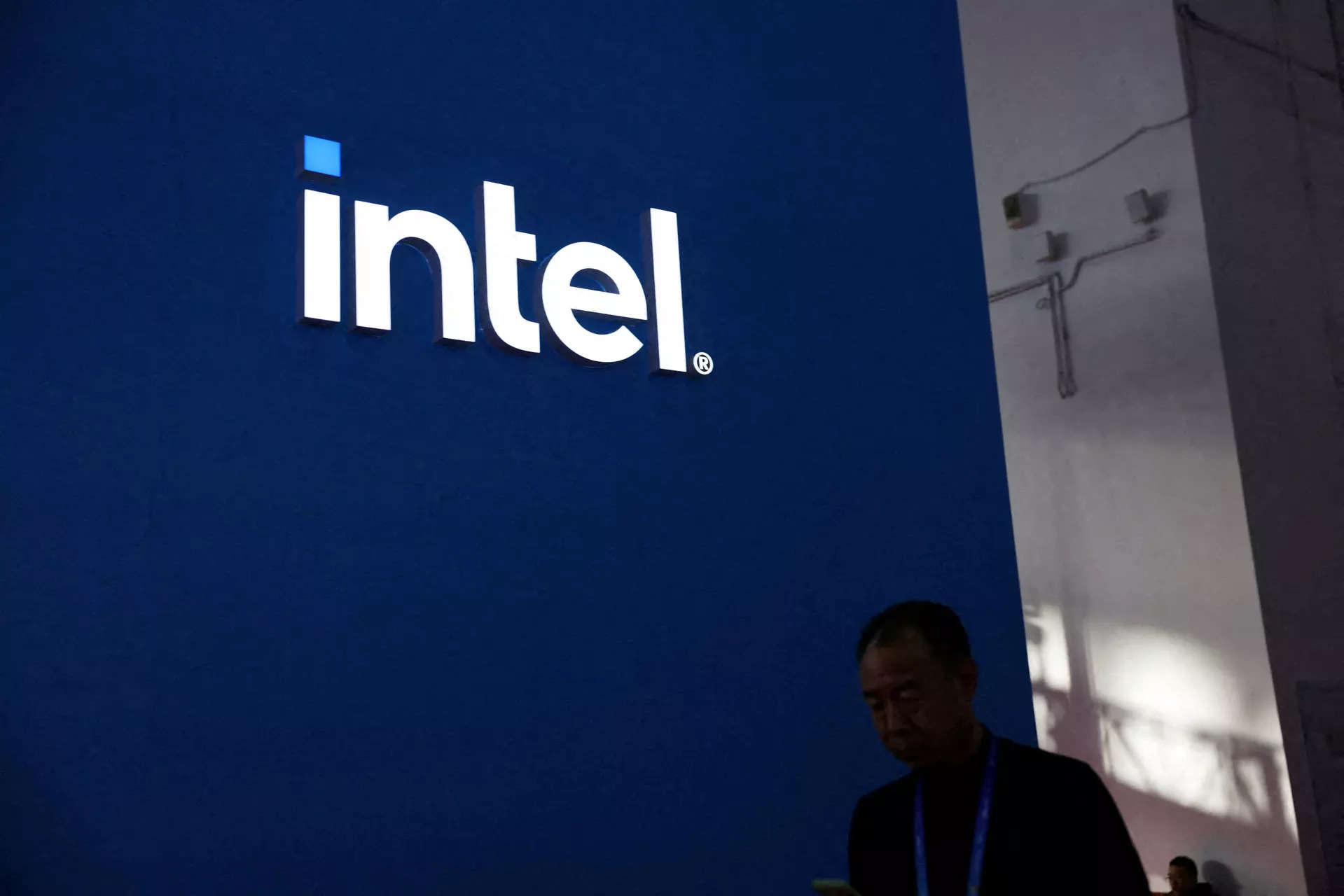Intel Corp. announced on Thursday that it will cut approximately 15% of its global workforce, amounting to 15,000 jobs, in a bold attempt to streamline its operations and remain competitive with industry leaders like Nvidia and AMD. The sweeping layoffs come as part of a broader strategy to save $10 billion by 2025, according to a memo from Intel CEO Pat Gelsinger.
“Simply put, we must align our cost structure with our new operating model and fundamentally change the way we operate,” Gelsinger wrote. He cited disappointing revenue growth and the company’s slow adaptation to emerging trends like artificial intelligence (AI) as key reasons for the drastic measures.
The job cuts follow a challenging quarter for Intel, which reported a $1.6 billion loss in its April-June earnings report, alongside a slight revenue decline to $12.8 billion. The disappointing performance led to a 19% drop in Intel’s stock during after-hours trading, signaling a potential $24 billion loss in market value when trading resumes on Friday.To further curtail expenses, Intel also announced the suspension of its stock dividend, a move that underscores the severity of the company’s financial woes. The layoffs and other cost-cutting measures are expected to be largely completed by the end of the year.
In his memo, Gelsinger acknowledged the difficulty of the decision, calling it “the hardest thing I’ve done in my career.” The company plans to offer enhanced retirement options and a voluntary departure program for eligible employees.
Analysts, however, are skeptical that these cuts alone will be enough to reposition Intel in the rapidly evolving semiconductor market. “Intel’s announcement of a significant cost-cutting plan including layoffs may bolster its near-term financials, but this move alone is insufficient to redefine its position in the evolving chip market,” said eMarketer analyst Jacob Bourne.
Intel has struggled to keep pace with competitors like Nvidia, whose dominance in the AI chip market has been a particular challenge. Unlike its rivals, Intel also manufactures its own chips, which has placed additional pressure on the company’s margins as it invests heavily in expanding its U.S. foundry business.
The company’s efforts have been buoyed by significant support from the U.S. government, particularly through the 2022 CHIPS and Science Act, which aims to bolster domestic semiconductor manufacturing. Intel has secured up to $8.5 billion in direct funding and $11 billion in loans to build new chip plants across the country, part of a long-term strategy to reduce reliance on Asian-made semiconductors.
Despite these investments, Gelsinger acknowledged that Intel’s focus on the AI PC market would strain profit margins in the short term, though he expressed confidence that the trade-offs would pay off in the coming years. “We believe the trade-offs are worth it. The AI PC will grow from less than 10% of the market today to greater than 50% in 2026,” he told analysts.
“Simply put, we must align our cost structure with our new operating model and fundamentally change the way we operate,” Gelsinger wrote. He cited disappointing revenue growth and the company’s slow adaptation to emerging trends like artificial intelligence (AI) as key reasons for the drastic measures.
The job cuts follow a challenging quarter for Intel, which reported a $1.6 billion loss in its April-June earnings report, alongside a slight revenue decline to $12.8 billion. The disappointing performance led to a 19% drop in Intel’s stock during after-hours trading, signaling a potential $24 billion loss in market value when trading resumes on Friday.To further curtail expenses, Intel also announced the suspension of its stock dividend, a move that underscores the severity of the company’s financial woes. The layoffs and other cost-cutting measures are expected to be largely completed by the end of the year.
In his memo, Gelsinger acknowledged the difficulty of the decision, calling it “the hardest thing I’ve done in my career.” The company plans to offer enhanced retirement options and a voluntary departure program for eligible employees.
Analysts, however, are skeptical that these cuts alone will be enough to reposition Intel in the rapidly evolving semiconductor market. “Intel’s announcement of a significant cost-cutting plan including layoffs may bolster its near-term financials, but this move alone is insufficient to redefine its position in the evolving chip market,” said eMarketer analyst Jacob Bourne.
Intel has struggled to keep pace with competitors like Nvidia, whose dominance in the AI chip market has been a particular challenge. Unlike its rivals, Intel also manufactures its own chips, which has placed additional pressure on the company’s margins as it invests heavily in expanding its U.S. foundry business.
The company’s efforts have been buoyed by significant support from the U.S. government, particularly through the 2022 CHIPS and Science Act, which aims to bolster domestic semiconductor manufacturing. Intel has secured up to $8.5 billion in direct funding and $11 billion in loans to build new chip plants across the country, part of a long-term strategy to reduce reliance on Asian-made semiconductors.
Despite these investments, Gelsinger acknowledged that Intel’s focus on the AI PC market would strain profit margins in the short term, though he expressed confidence that the trade-offs would pay off in the coming years. “We believe the trade-offs are worth it. The AI PC will grow from less than 10% of the market today to greater than 50% in 2026,” he told analysts.
Source : Times of India






